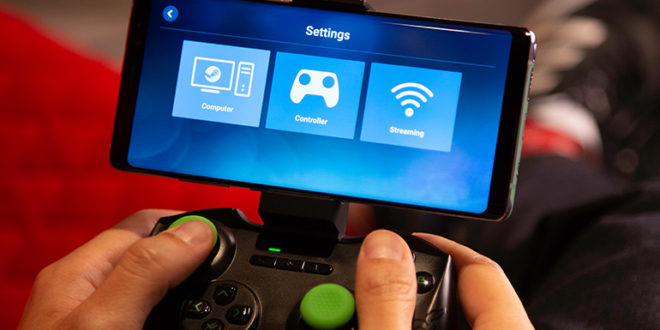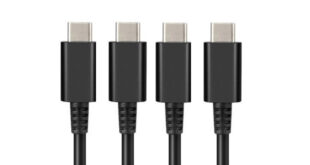The Steam Link app has now launched for iOS and Apple TV.
In a press release from Valve, the company announced the app now permits players “to experience their Steam library of games on Apple (iPhone, iPad, Apple TV) devices”, and features support for the Steam Controller, MFI controllers, and more.
While Valve maintains Apple had previously granted the Steam Link app permission to run on i-devices, Apple later denied consent for Valve to release its Steam Link app. Valve appealed the decision, explaining that “the Steam Link app simply functions as a LAN-based remote desktop similar to numerous remote-desktop applications already available on the App Store.
“Ultimately, that appeal was denied leaving the Steam Link app for iOS blocked from release. The team here spent many hours on this project and the approval process, so we’re clearly disappointed. But we hope Apple will reconsider in the future.”
The Steam Link software is available free of charge, permitting players to stream Steam games to phones, tablets, and TV, and no download or service fees apply. To use the app, players must be connected via 5Ghz network or wired Ethernet to the computer running Steam.
Valve confirmed in November that worldwide stocks of its physical Steam Link device would likely not be replaced, and while support for existing devices would be ongoing, it had instead chiefly pivoted to supporting the software versions of Steam Link for mobile devices.
Steam hit 90 million monthly active users in October, an increase of 23 million on the 67 million users Valve announced back in August 2017. The daily active user count has also increased, rising 42 per cent from 33 million to 47 million.
The boost is chiefly thought to have been driven by Steam’s expansion into China, where 30 million users have joined the digital platform since its launch earlier this year. Chinese indie devs have been able to generate sales they might not otherwise have managed to achieve, with localised games – some only available in Simplified Chinese – reaching hundreds of thousands of players. Up until that point, the majority of China’s Steam users had been accessing the US version of the software via PVNs.

 MCV/DEVELOP News, events, research and jobs from the games industry
MCV/DEVELOP News, events, research and jobs from the games industry




